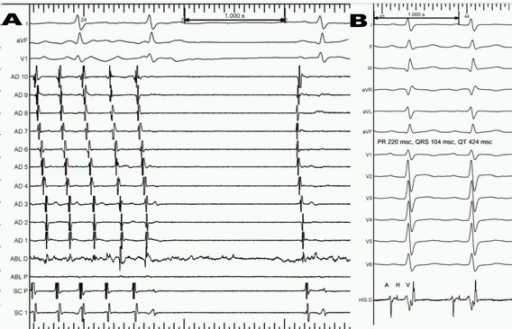

The medical aid program covers low-income households with a minimum livelihood. 2) Those insured by NHI pay monthly insurance contributions for medical services provided by health care providers. The National Health Insurance (NHI) system includes the insured, the healthcare providers, and the regulators of the healthcare system, constituting the National Health Insurance Service (NHIS), Health Insurance Review Agency (HIRA), and Ministry of Health and Welfare ( Figure 1). South Korea (hereafter, Korea) implements a single-payer, universal, mostly fee-for-service, and compulsory healthcare insurance system. We also aimed to summarize the findings of recent studies in the field of cardiovascular science, which would be of particular interest to researchers interested in using the NHID data as a new tool to prove their hypotheses.īASICS OF THE KOREAN NATIONWIDE CLAIMS DATABASE Therefore, we sought to summarize the structure of the Korean National Health Information Database (NHID).

Appropriate use of the data requires adequate knowledge of the characteristics of the database.

The FDA is now working on generating evidence supporting the effectiveness and safety of RWE, supporting the findings of RCTs in real-world settings, and developing programs using electronic health records. This will also guide the evaluation of RWE to support the approval of previously approved drugs or to fulfill the post-approval study requirements. This exponential growth of data is gaining tremendous interest as a novel research tool.įurthermore, the 21st Century Cures Act (Cures Act) requires the Food and Drug Administration (FDA) to develop programs aimed at accelerating the development of drugs and medical devices. 1) Electronic medical records have now become the standard method to collect patient data and for administrative work regarding reimbursement and payment. ‘Real-world’ observation studies use several types of data sources, including regulatory sponsored studies, registries sponsored by learned societies, nationwide cohorts, claims data, investigator-initiated and industry-sponsored studies, and hospital cohorts. Moreover, these comprehensive datasets represent large populations, thus, including participants otherwise excluded from RCTs. Non-randomized observational studies would complement the weaknesses of RCT by providing supplementary data. Limited representativeness, high costs, long study duration, and risk of failure pose further challenges for RCTs. Patients who are very old, having extreme bodyweight, concomitant medications, and multimorbidities pose a challenge due to a lack of evidence to guide clinical practice. However, in reality, we frequently encounter diverse and heterogeneous patients in clinical practice, who are not included in RCTs. The data acquired from RCTs have many advantages, including high internal and external validity, completeness of data, and adjudication of events predefined on study protocols.
#Hx of atrial flutter icd 10 trial
The evidence generated by this clinical trial model has replaced real-world evidence (RWE) and practice-based observations. The use of randomized clinical trials (RCTs) has now become the gold standard for proving the efficacy and safety of novel treatments. Since the beginning of medical science, observation of the “real-world” experience has been a common traditional method to develop new medical therapies. The ultimate direction of research using the NHID should aim to improve the welfare of the public by promoting public health, reducing medical costs, and guiding healthcare policies. A step-by-step approach adopted by a team of data scientists, epidemiologists, statisticians, and clinical researchers may be most effective while designing research studies. The operational definition of covariates and clinical outcomes is important for researchers interested in using the NHID data as new tools to prove their hypothesis. Epidemiological studies, prescription patterns, temporal trends, comparison of effectiveness and safety of treatments, variability index using laboratory data, and rare intractable disease constitute interesting topics of research in cardiovascular science using the NHID. We summarized the structure of the Korean NHID and the recent researches conducted in the field of cardiovascular science. To compensate for the limitations of randomized clinical trials, real-world observational studies using claims data have emerged as a novel research tool. The Korean National Health Information Database (NHID) contains nationwide claims data, including sociodemographic data, health care utilization, health screening data, and healthcare provider information.


 0 kommentar(er)
0 kommentar(er)
